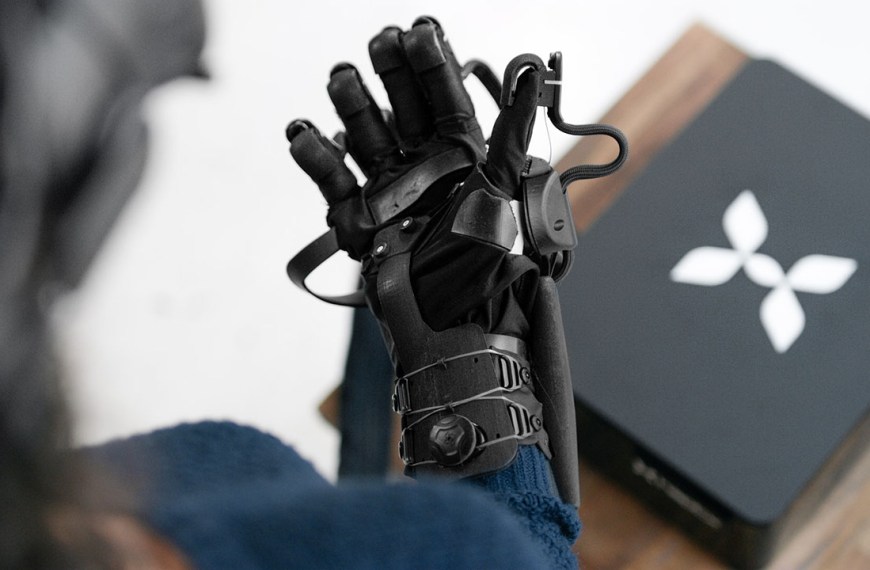A 3-DoF controller is a hand-held controller used as an input device for phone-based VR and MR headsets, as well as the lower-end standalone VR headsets, such as the now discontinued Google Daydream and Oculus Go headsets.
So far, the popular consumer-based 3-DoF headsets have been discontinued since market demand is showing more of an interest in immersive, 6-DoF experiences. That being the case, I’m not quite sure how prevalent the need will be for this type of controller. However, 3-DoF headsets do offer accessibility to immersive tech for the lower income brackets, so it’s worth keeping on the table as an option for consumers – especially if that’s your target audience.
As of the writing of this article, HTC just introduced the new VIVE Flow, which offers a seemingly 3-DoF experience with Android phones only, and claims to add hand tracking in the future. However, the price point still keeps it out of range for lower income brackets, making it more expensive than the 6-DoF Oculus Quest and Quest 2 headsets.
Wondering what the difference is between 3-DoF and 6-DoF? Check out my article, Transitioning to XR Design.
Pros
- It enables more immersive experiences on the lower-end VR and MR headsets.
- The orientation of the controller can be tracked in the headset.
- It’s good for simple point-and-select interactions.
Cons
- There is no positional tracking in 3D space in the headset.
- Only one controller can be used with the headset as opposed to 2 controllers with 6-DoF headsets.
- Extended button-presses can cause hand and finger fatigue.
TL;DR Do’s and Don’ts
Do
- Emulate the controller in the virtual space so people don’t have to remember where the buttons are located.
- Include tooltips or other memory cues to remind people which button performs which action.
Don’t
- Don’t emulate models of hands in the place of the controllers since it will make people assume capabilities that aren’t there.
Recommendations
- If people will need to hold an object for an extended period of time, set the controller so that they can let go of the button while holding the object and then press the button again to release the object.
Learn more
Try the headsets
If you have access to a 3-DoF headset with a controller, give it a try and see what works and what doesn’t. Have a variety of other people try and observe how they interact. What do they struggle with?
If you enjoy these articles, consider supporting me on Patreon.
I’m an Immersive Tech UX Design Professional with over 22 years of experience designing for kiosks, websites, mobile apps and desktop software for many well-known and not-so-well-known companies.
I’m not speaking on behalf of or representing any company. These are my personal thoughts, experiences and opinions.
Learn more about the UX best practices
Dive a little deeper with video lessons
See how others have solved this problem
Content coming soon
Content is being added regularly, so check back again.










